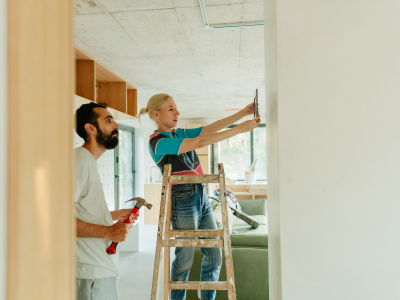Blog
- Details
- Hits: 236
Home, Garden & Family Ideas from Deakin-White Estate Agents
As the leaves start to turn and the air gets crisper, autumn is one of the most beautiful times of the year
- Details
- Hits: 1732
** Stamp Duty Increases from 1st April 2025 **
As a property owner, you may be considering the best time to sell your home. With the impending changes to Stamp Duty Land Tax (SDLT) rates coming into effect on April 1, 2025, there has never been a more lucrative opportunity to sell your property than right now. Let me explain why.













